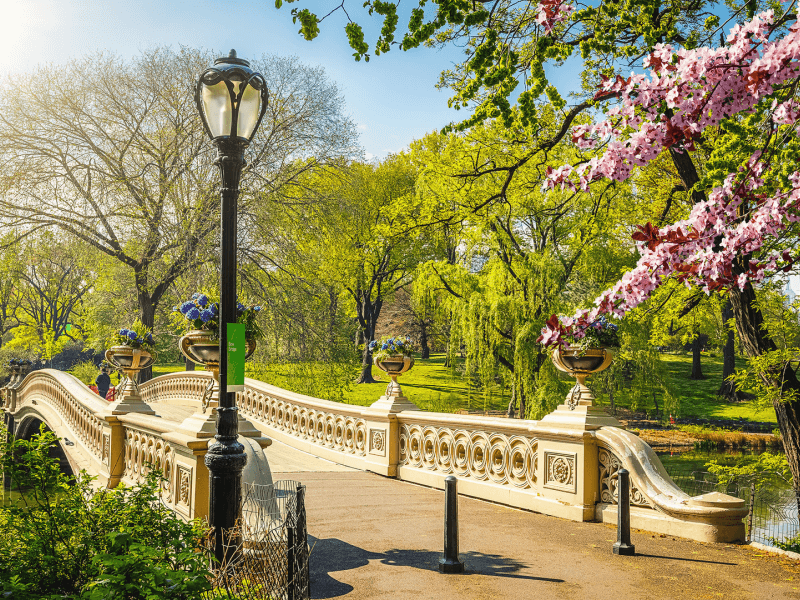Green Benefits Of Living In The City

Living in the midst of New York City definitely means you’re not always surrounded by greenery, but life in the Concrete Jungle is actually a more eco-friendly lifestyle than you might realize. At 1 Hotels, we’re always looking for ways to go green and to help our Earth, even in the city. We’ve rounded up 5 surprising green benefits of living in the city to keep in mind, whether you visit us in Central Park or Brooklyn Bridge:
Public transportation is better than cars
A huge environmental benefit of living in a city is the use of public transportation. About 90 percent of American households own at least one car – a number that equates to 23 percent for Manhattan.
Fewer cars generally means fewer carbon emissions, and a greater reliance on public transportation also means less land has to be put aside for parking, which is essentially wasted space.
The city wastes less water than places with lawns
Lawns in the U.S. have costs over and above drains or reservoirs. Since lawns are not a natural feature of our environment, we work hard to maintain them. Chemicals used as fertilizers, pesticides and herbicides can contaminate nearby ecosystems. The carbon emissions of gas-powered lawn mowers add up as well.
In cities, large areas can be set aside for parks that the residents can share.
Cities take up less space per person
Though cities are often looked at as the most intense kind of invasion into the natural landscape, they are much less intrusive than if the same number of humans decided to spread out over a much larger area. In other words, it’s much better to turn a piece of land into a skyscraper than a parking lot.
Living in tall buildings is more energy efficient than living in separated dwellings
City apartments tend to be smaller than typical suburban or country houses, making them much less resource intensive to construct, heat and cool. Sharing walls, floors and ceilings between households also reduces energy costs significantly.
Sharing amenities saves energy and resources
City apartments tend to be smaller than typical suburban or country houses, making them much less resource intensive to construct, heat and cool.
No matter which city you live in, keep our planet in mind, and know that you’re doing more for our environment than you may think!













